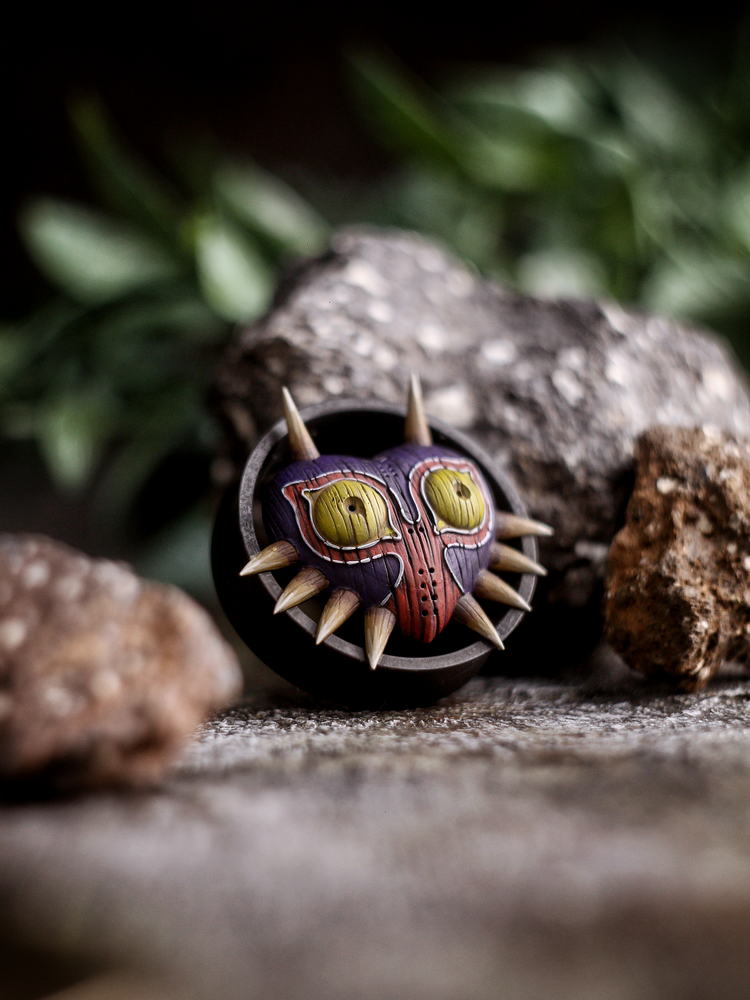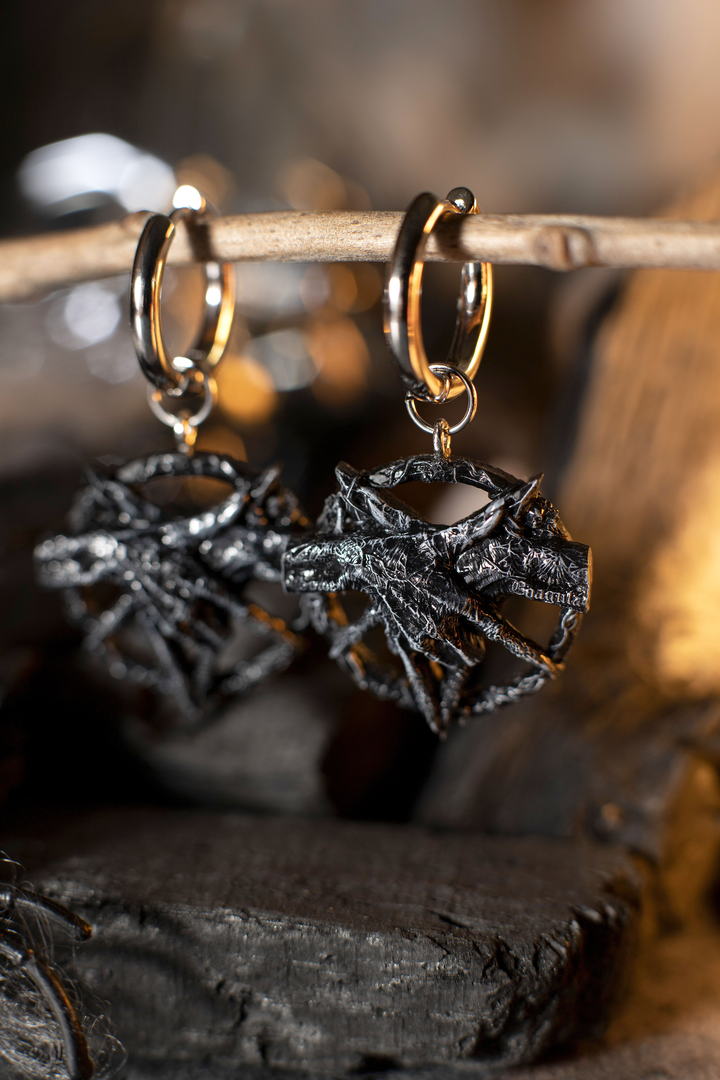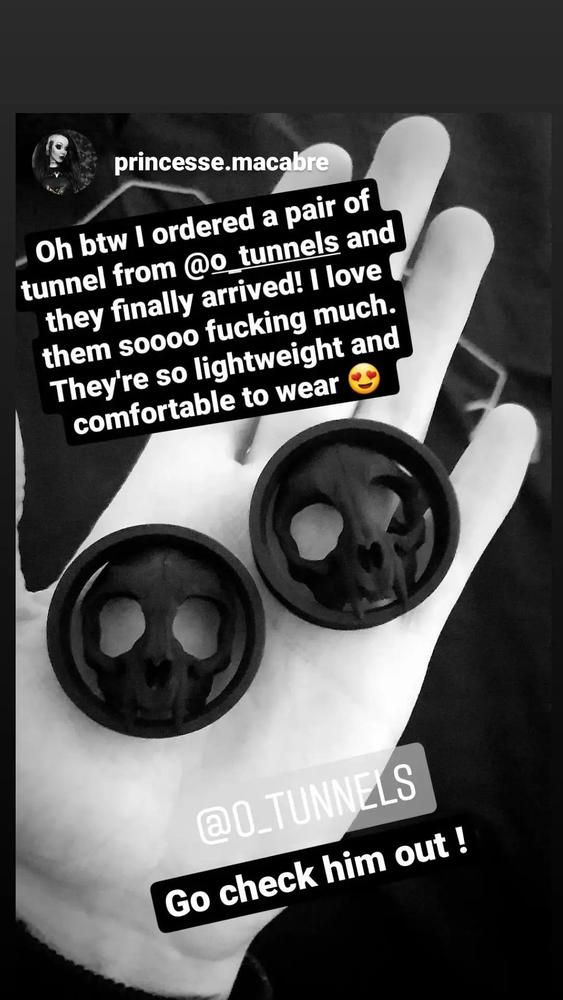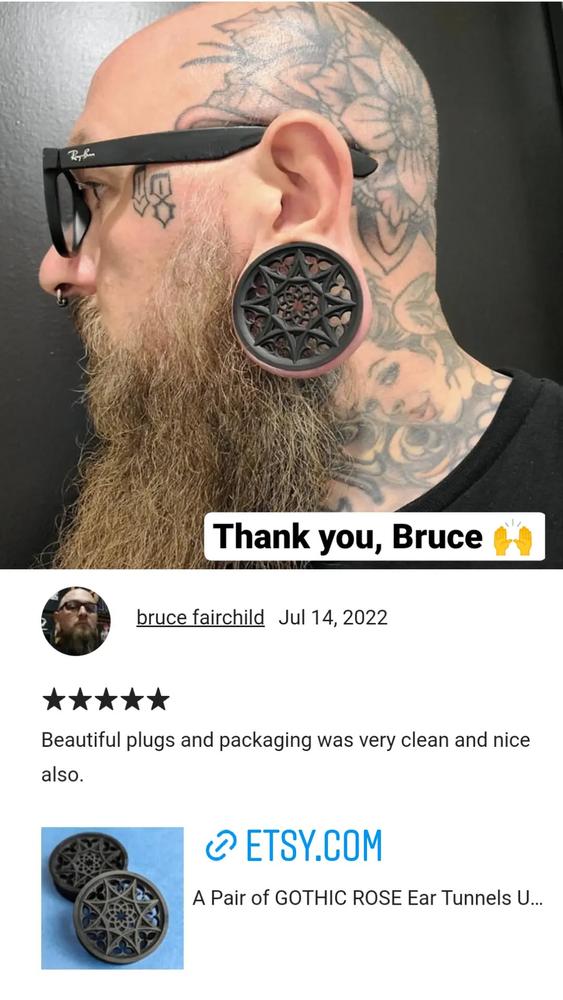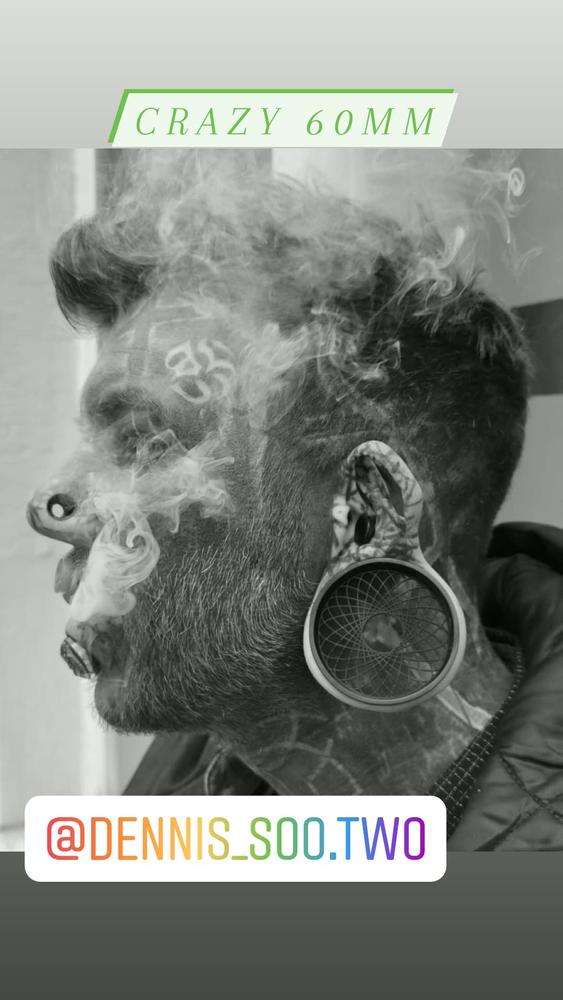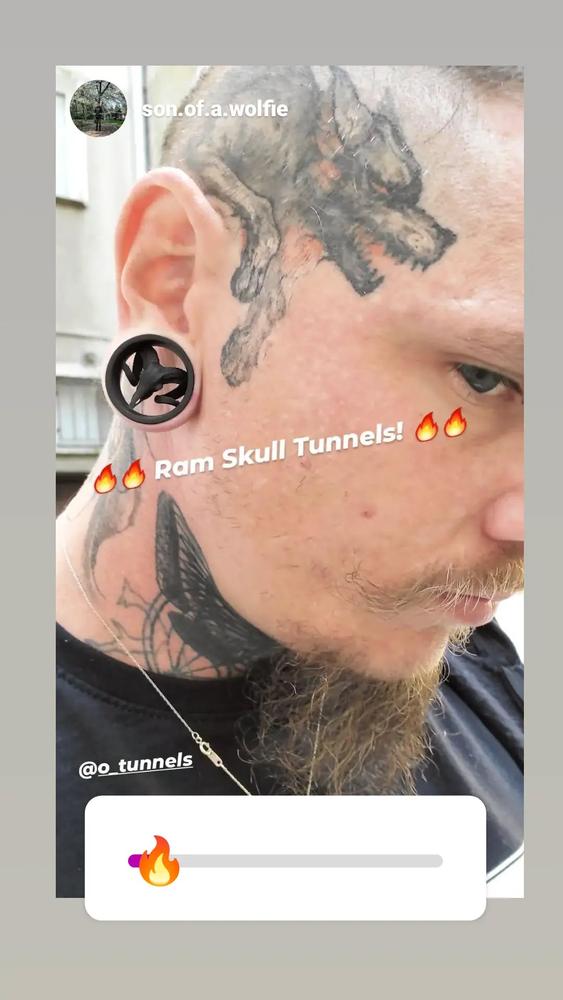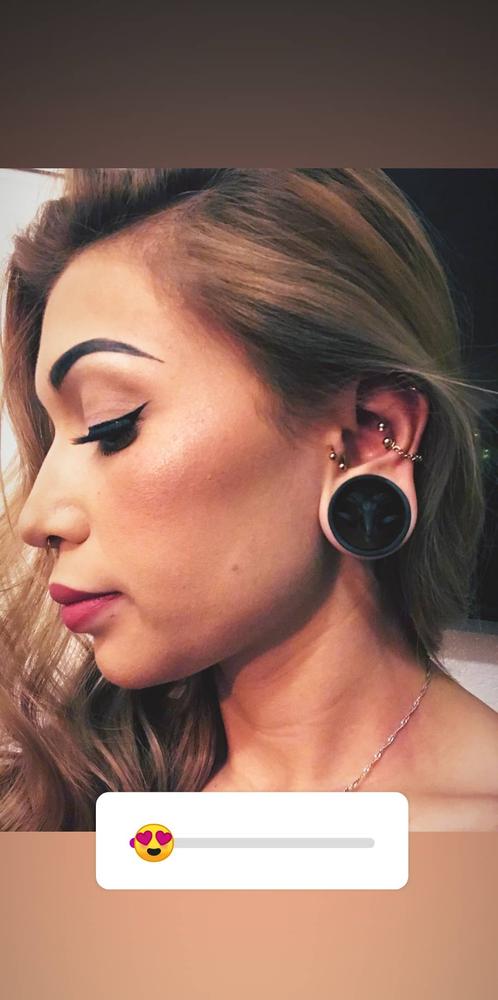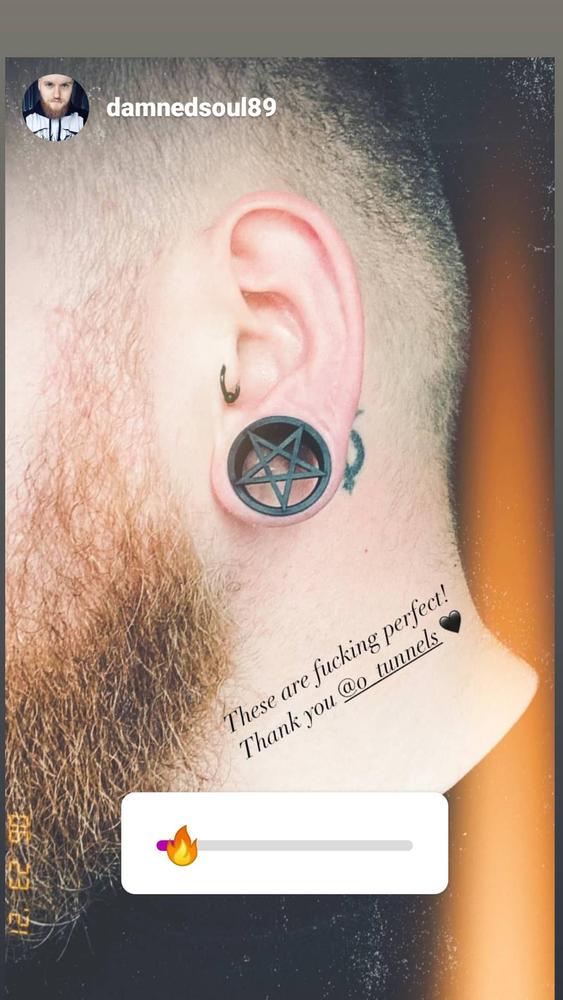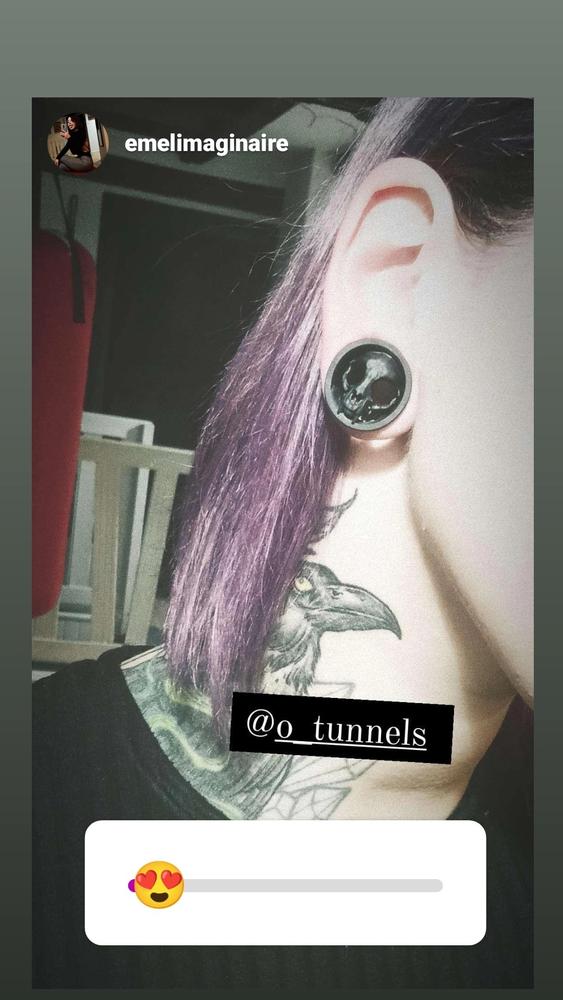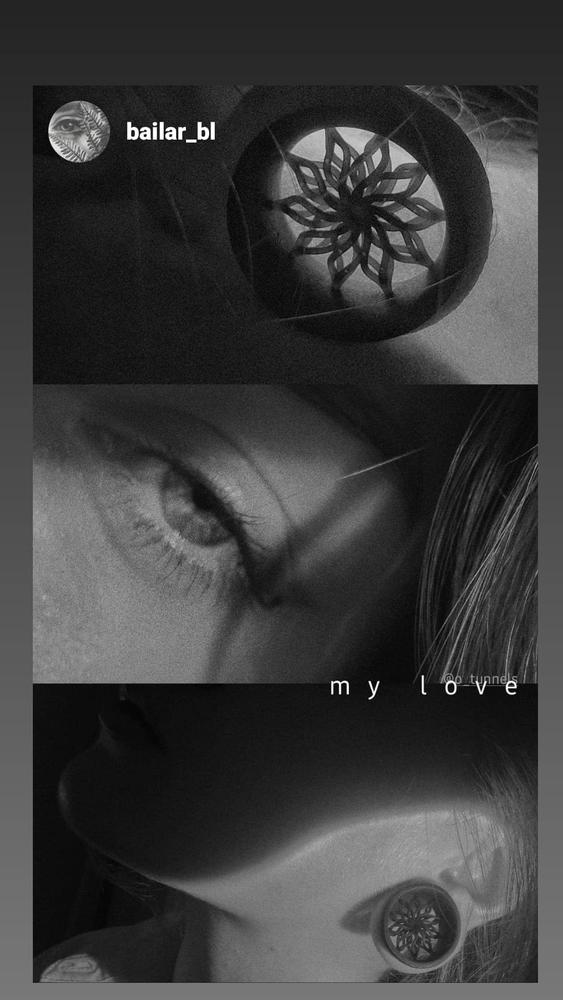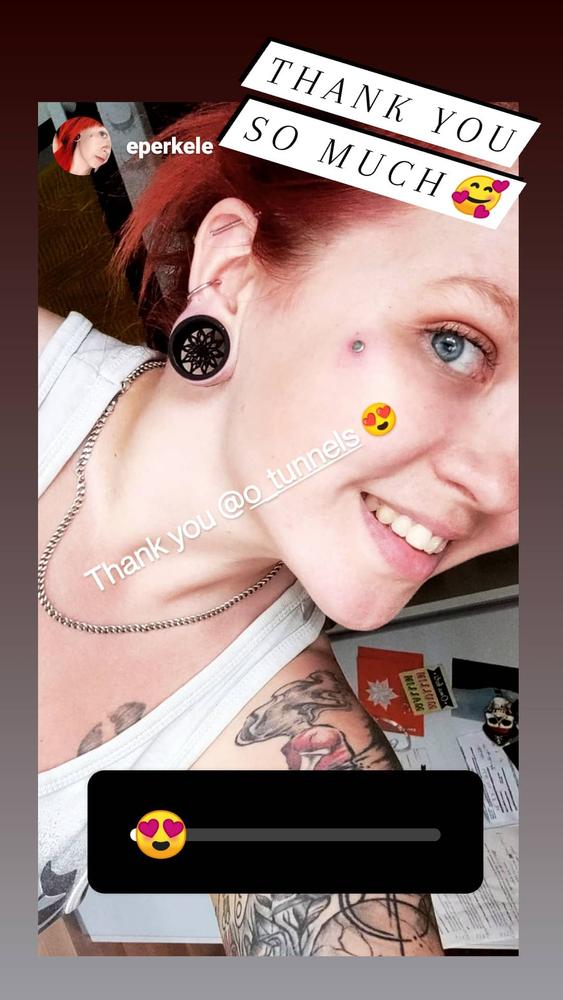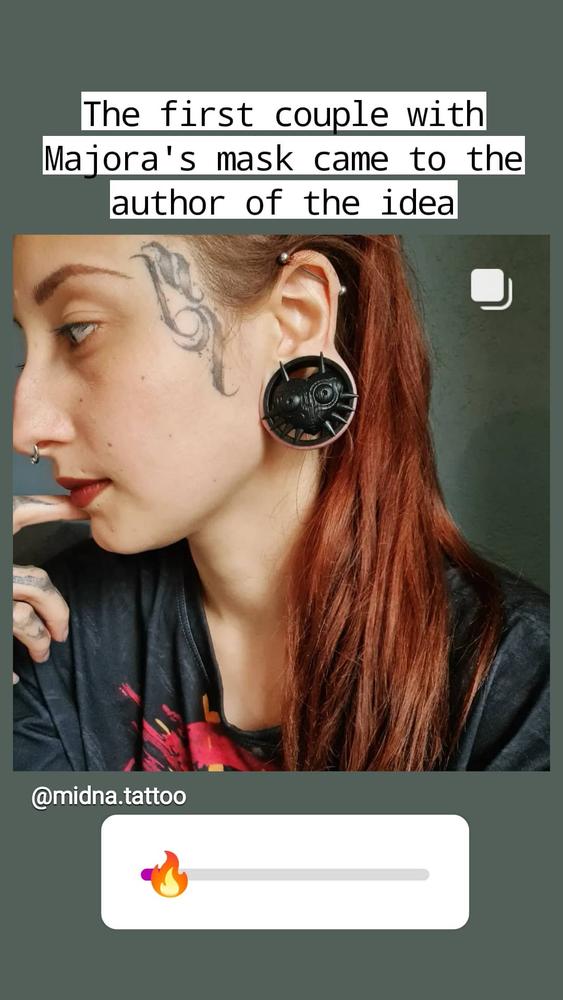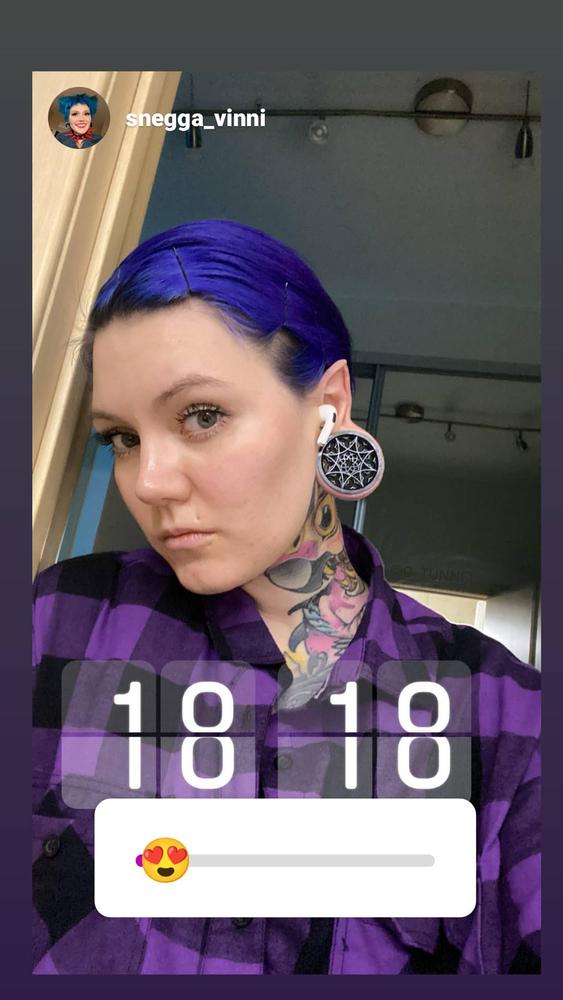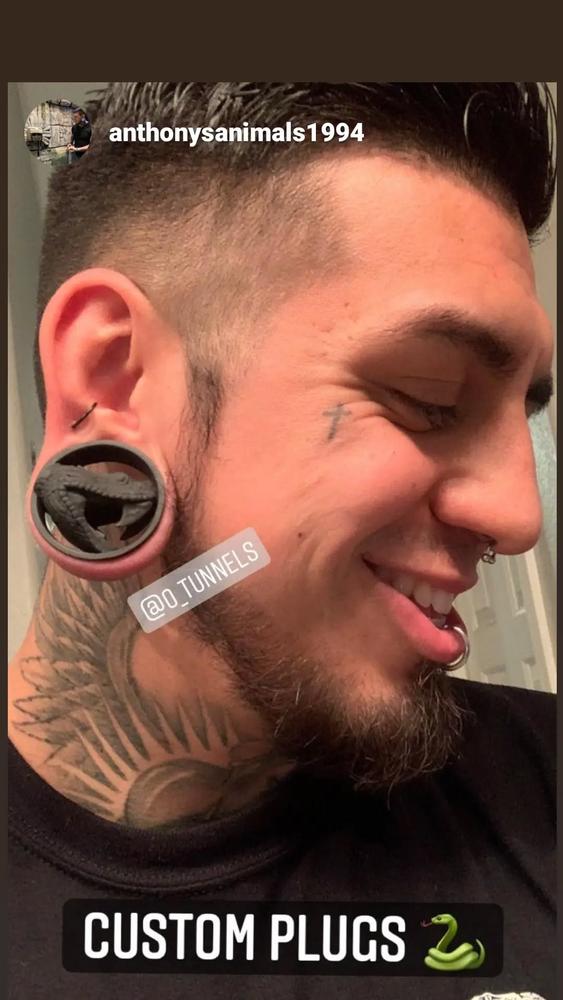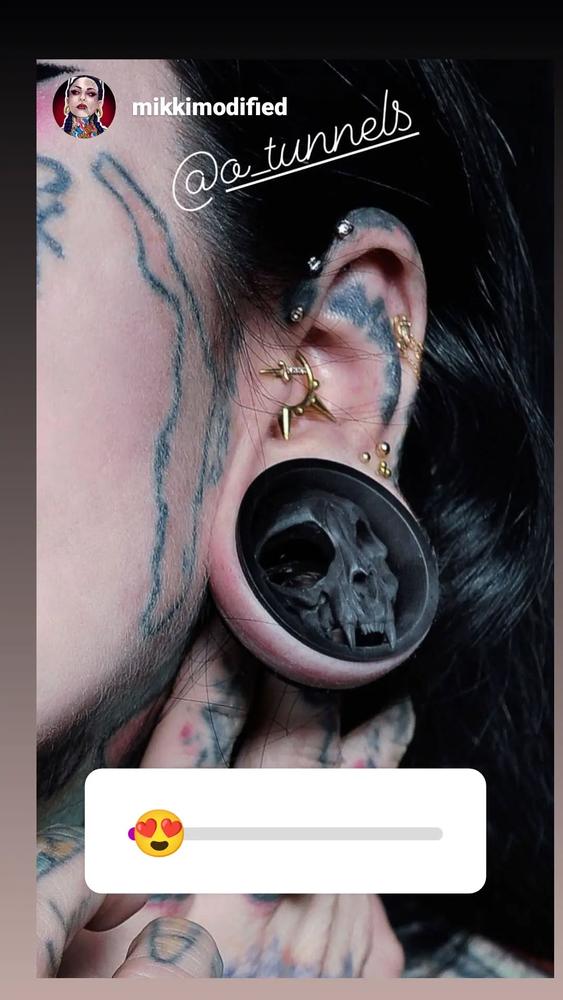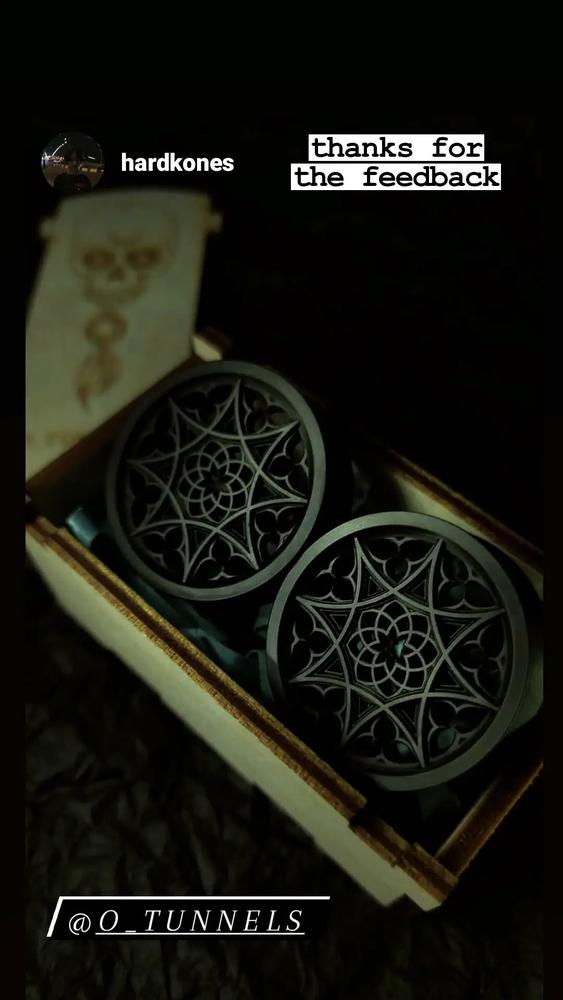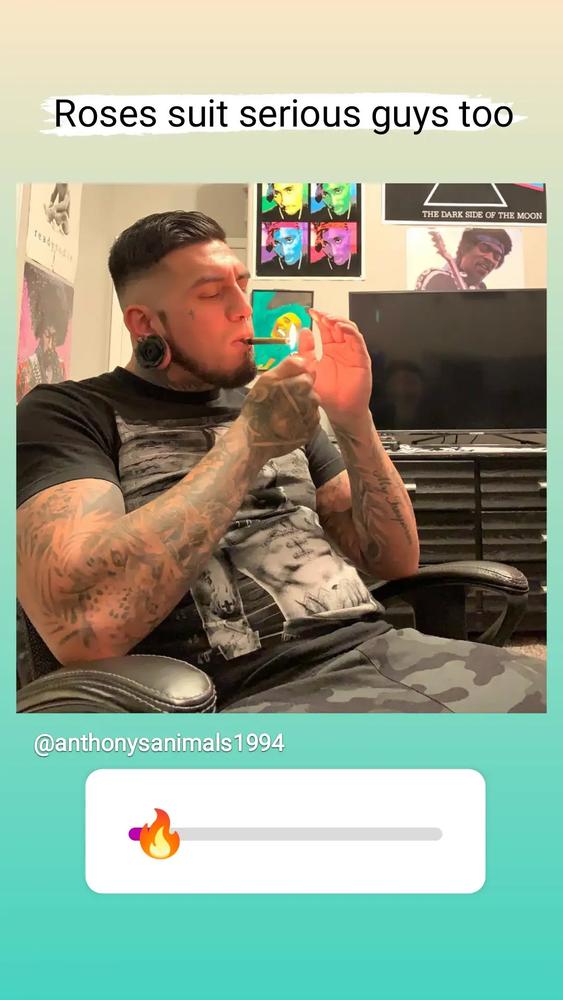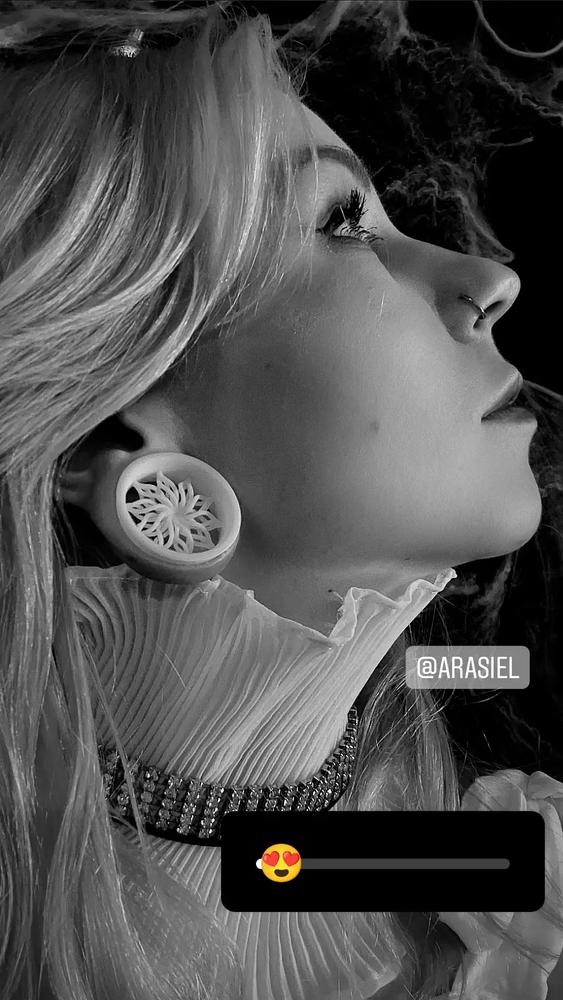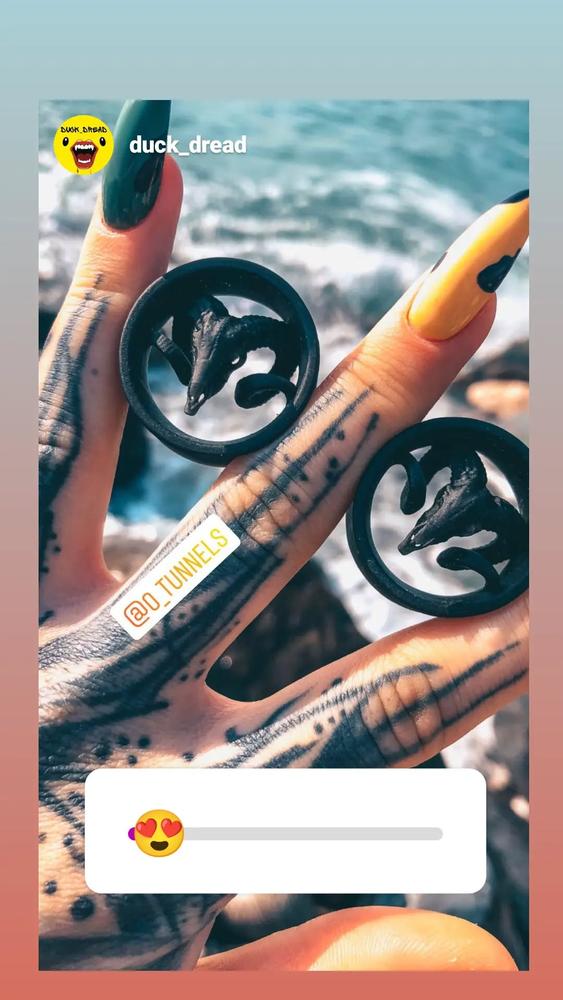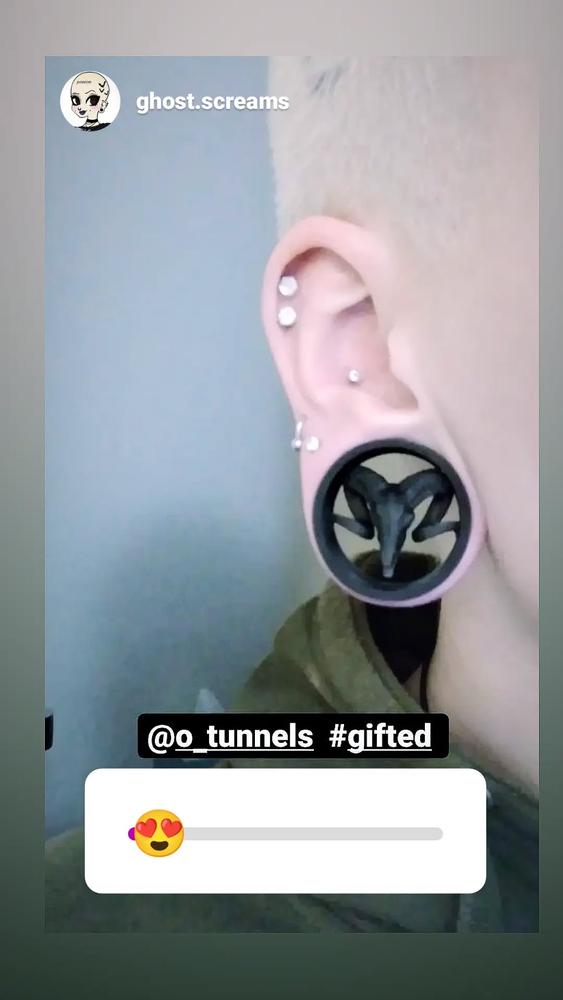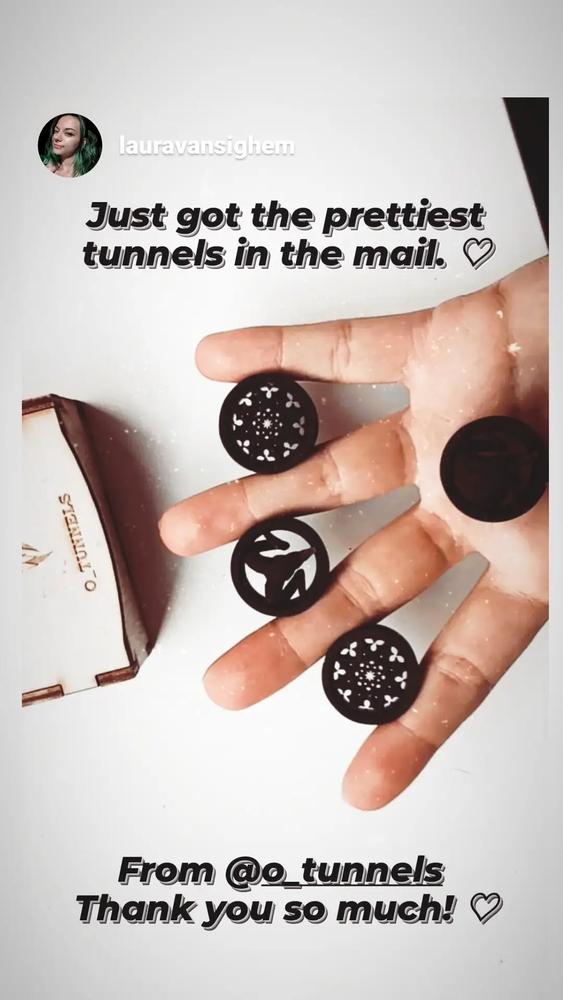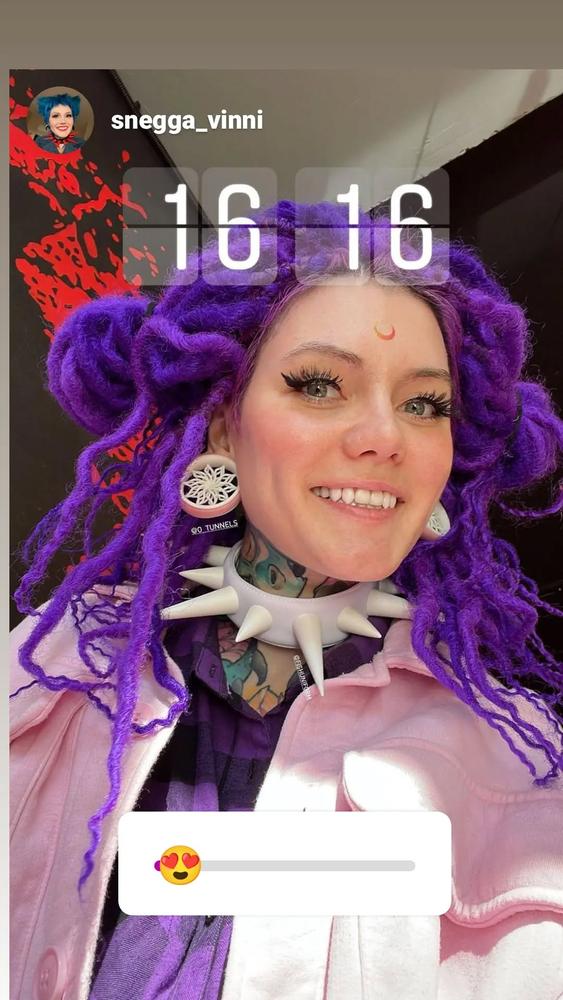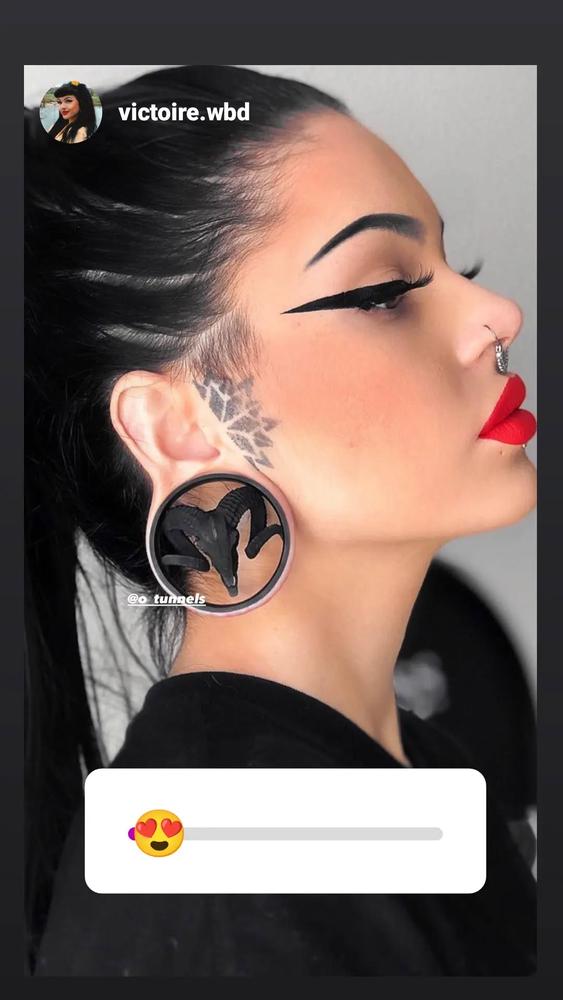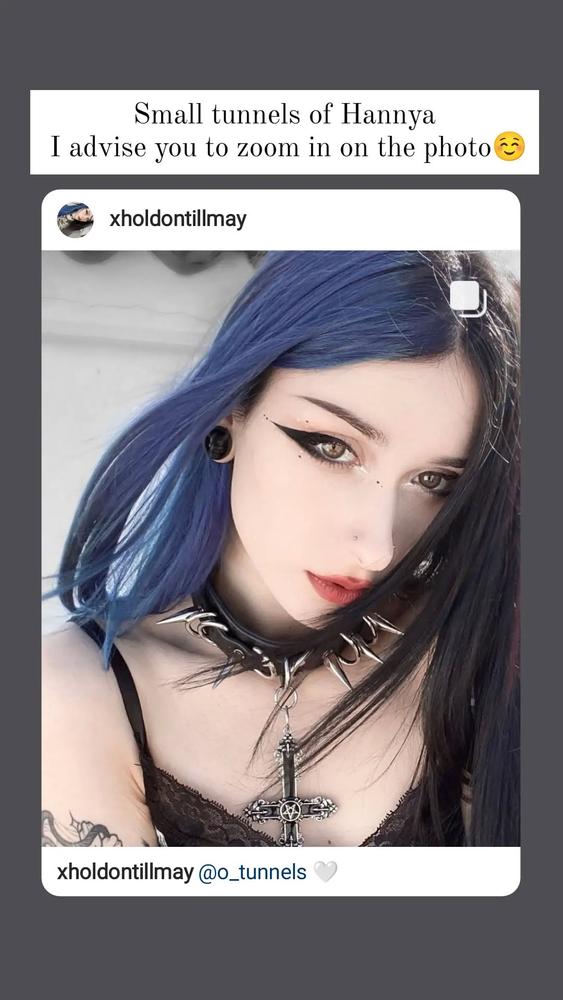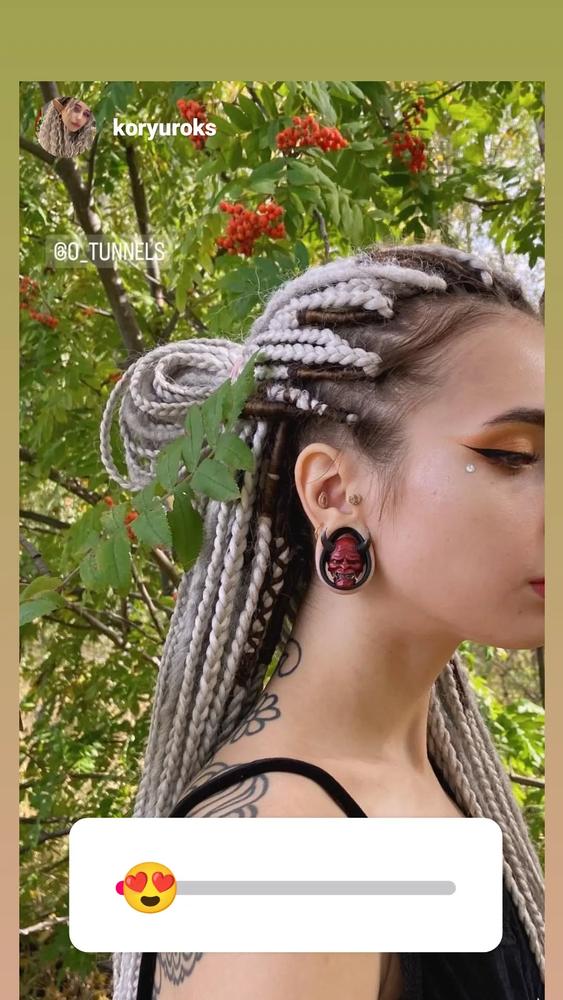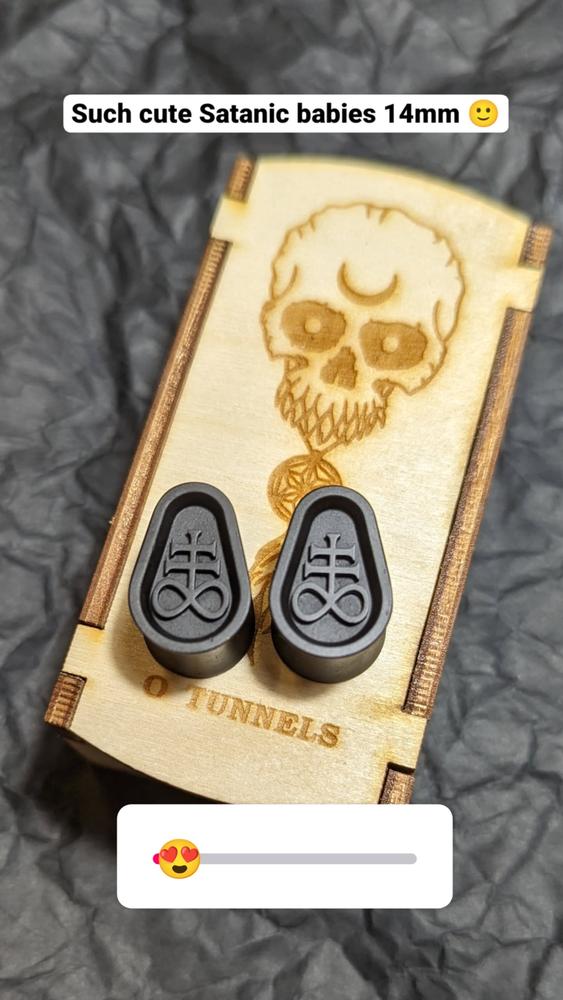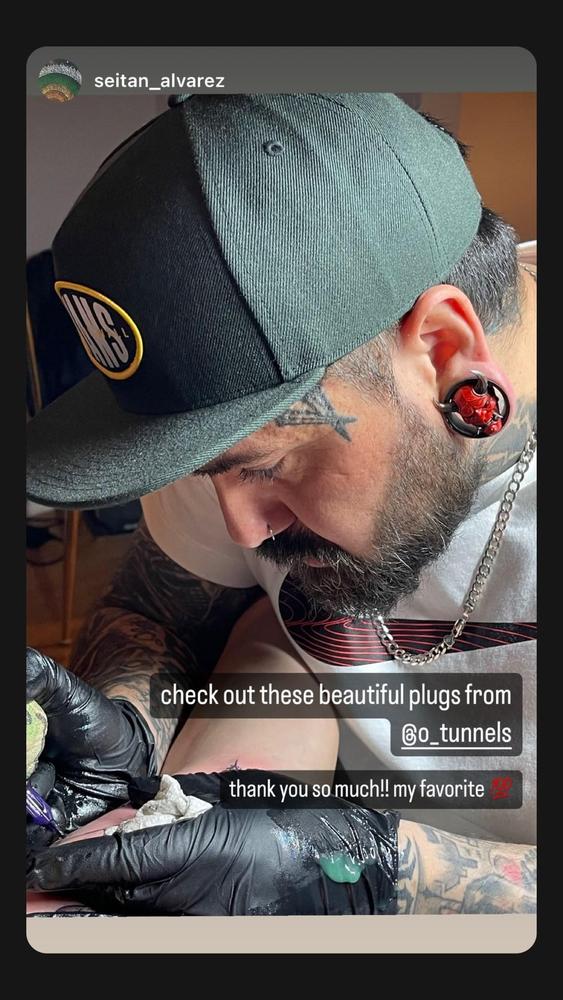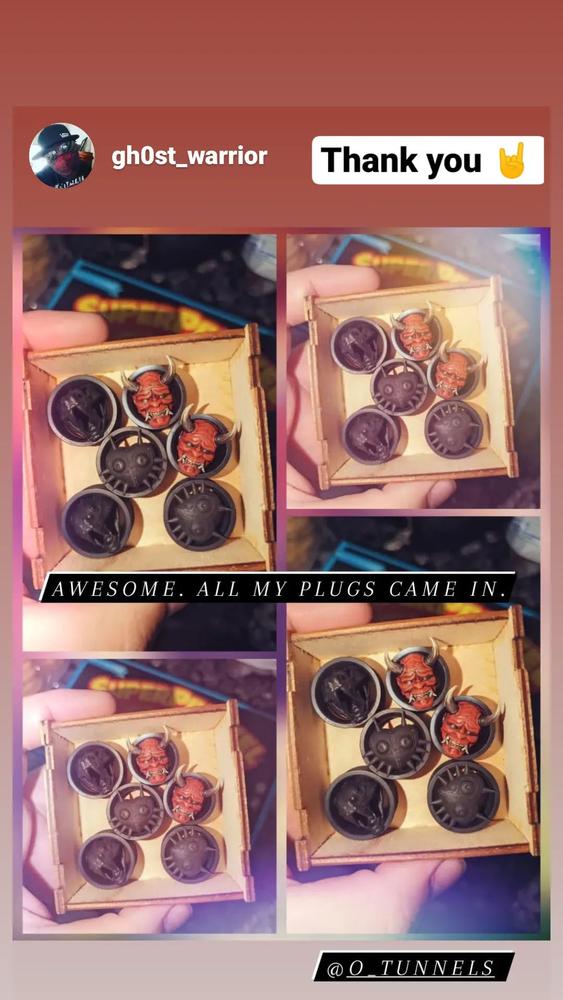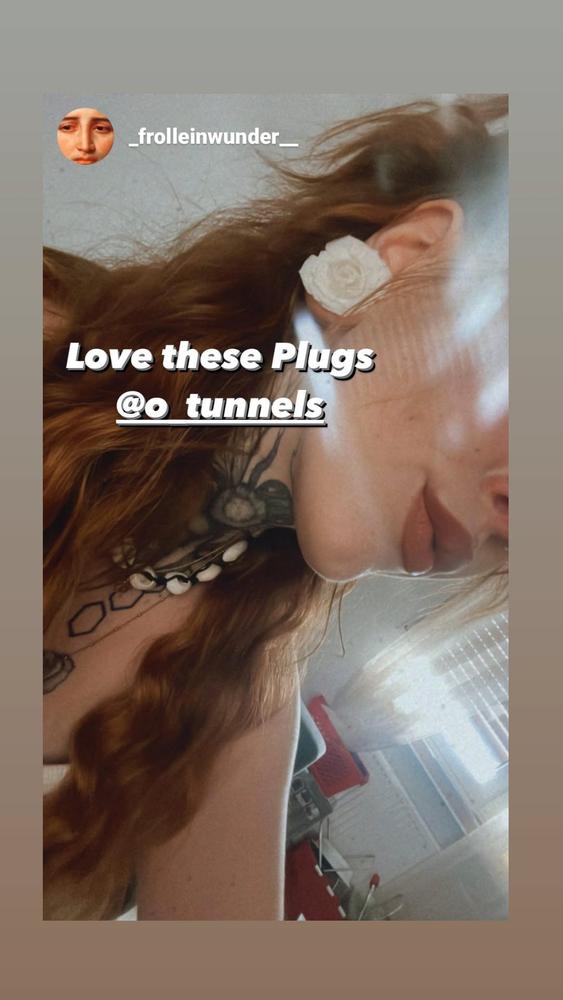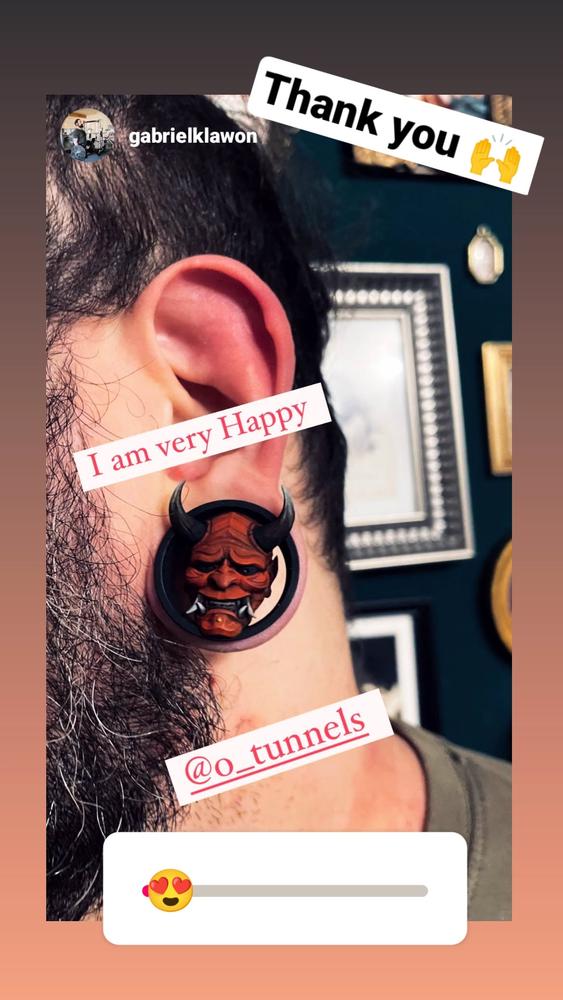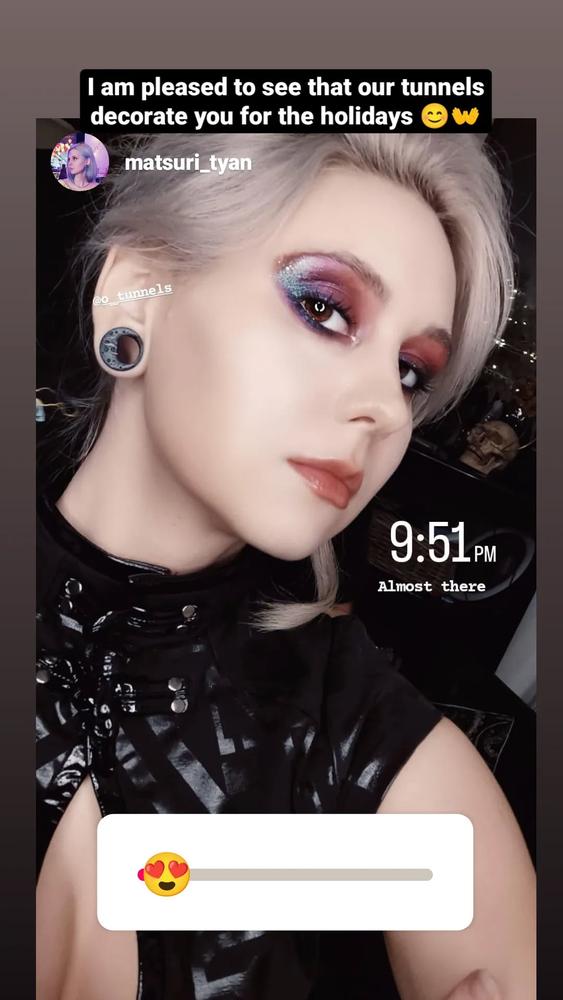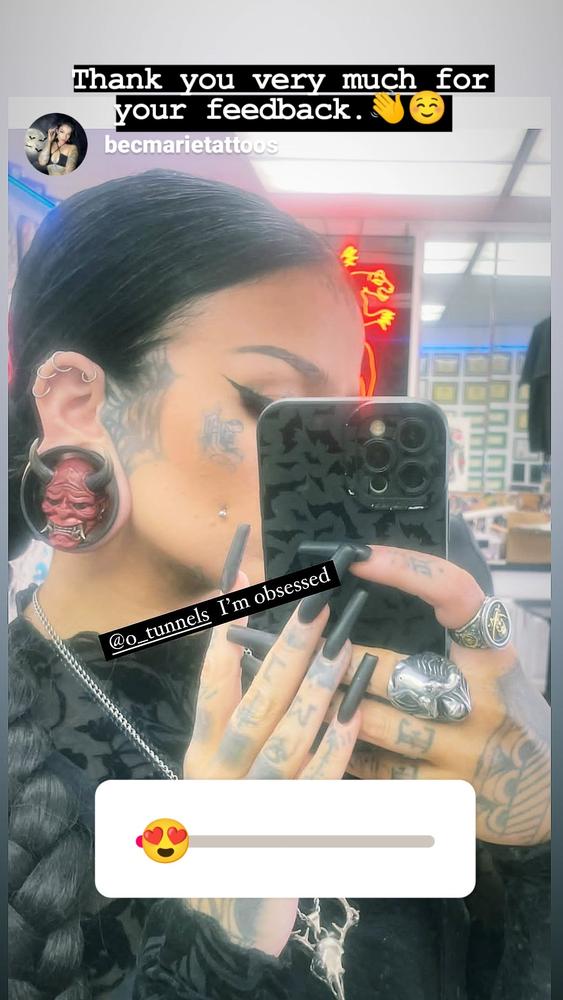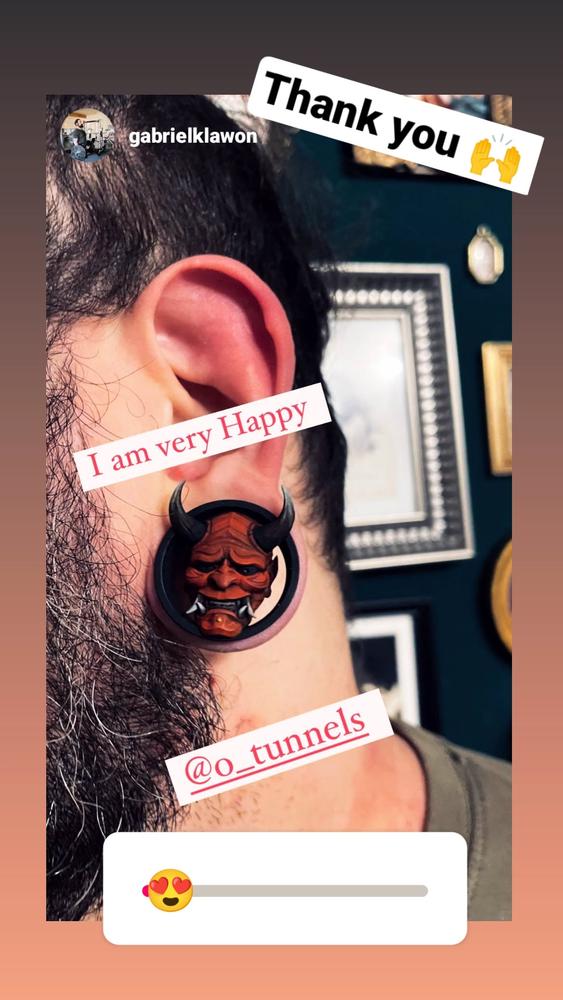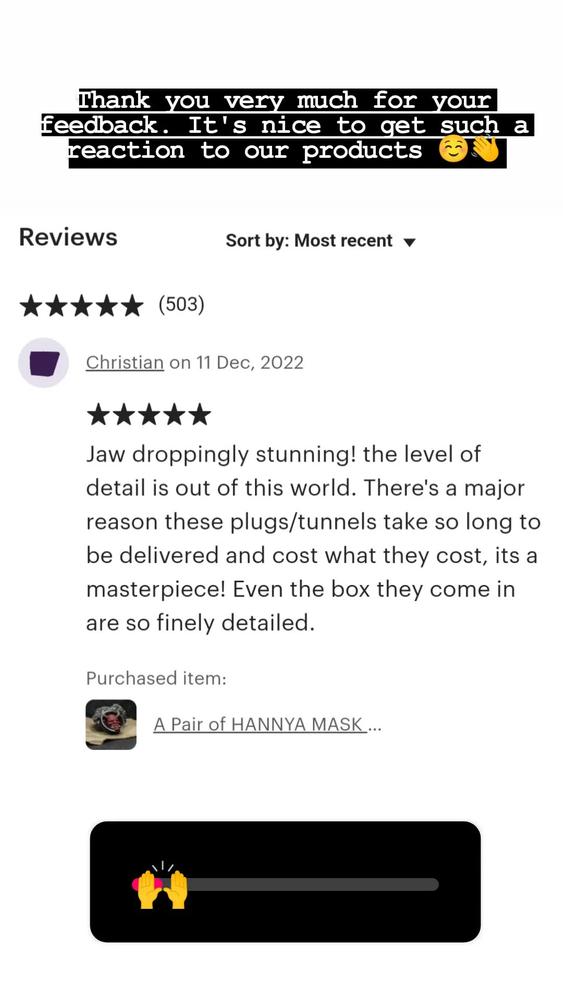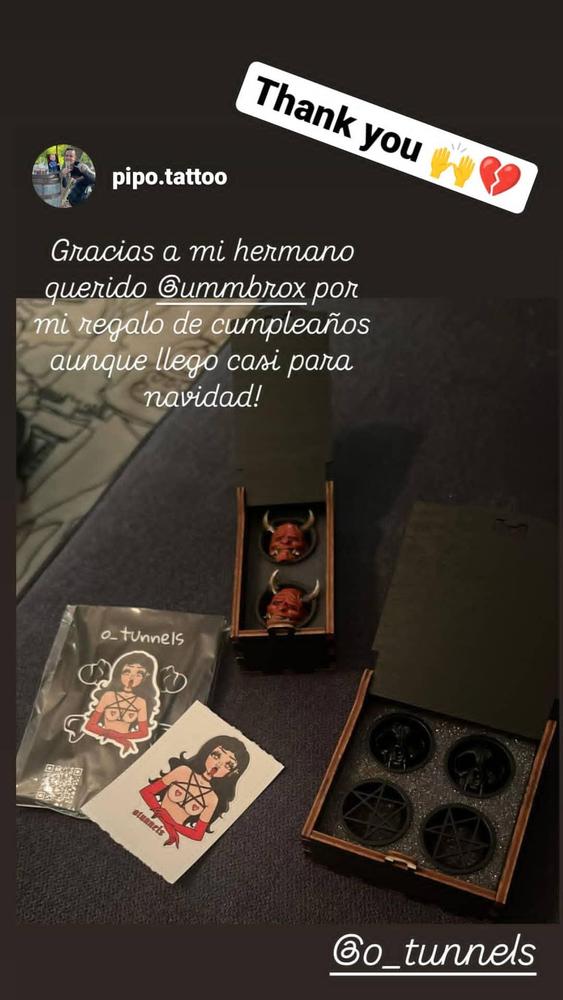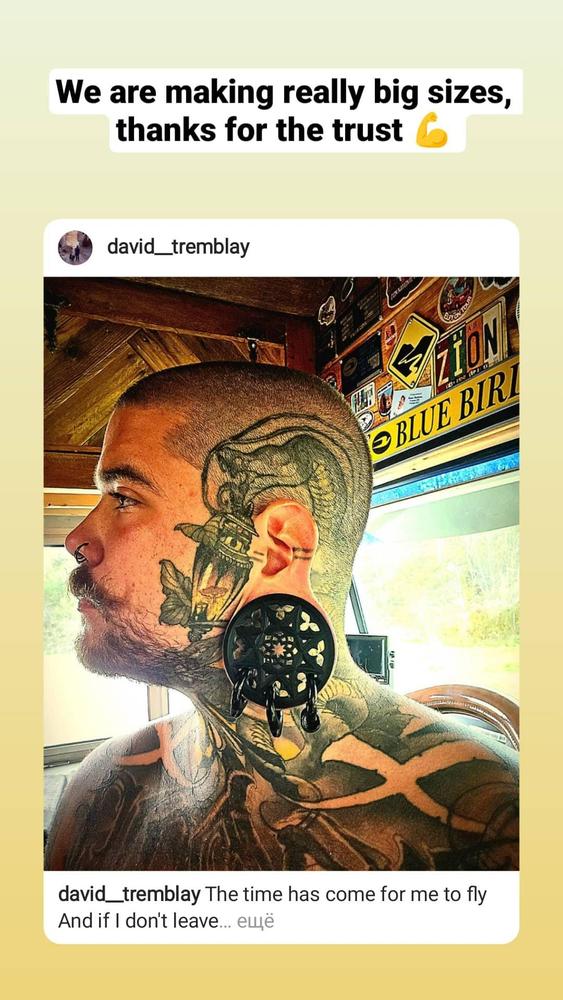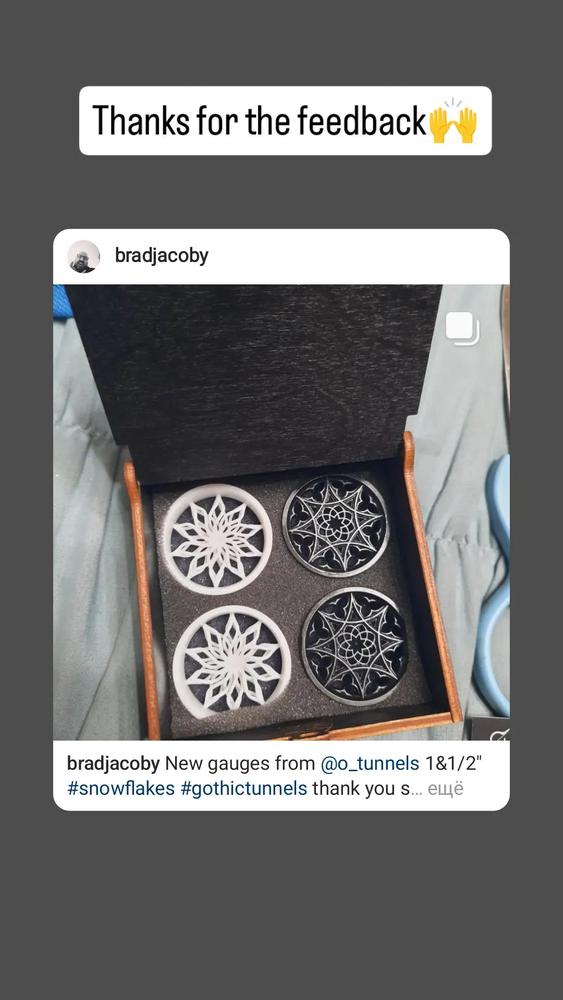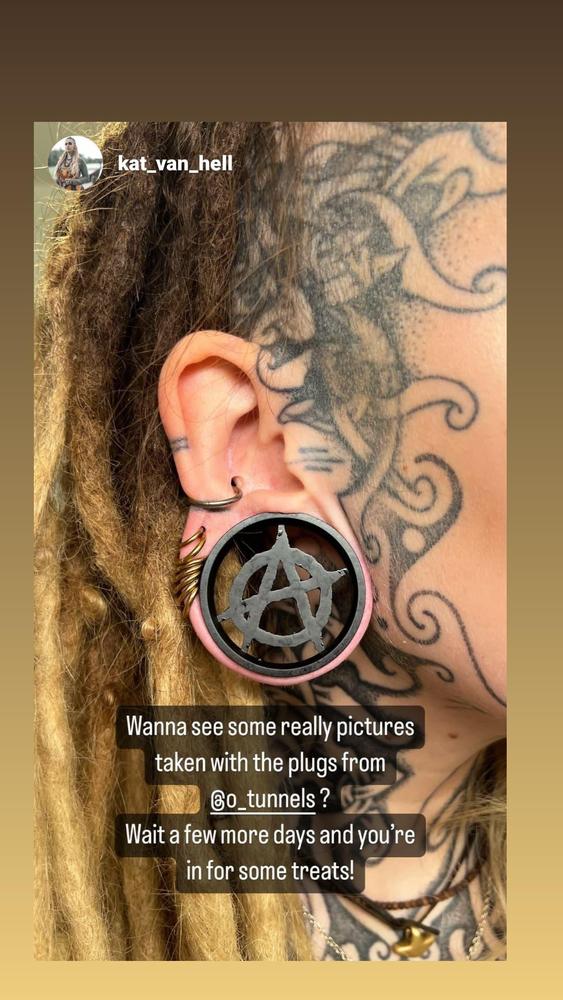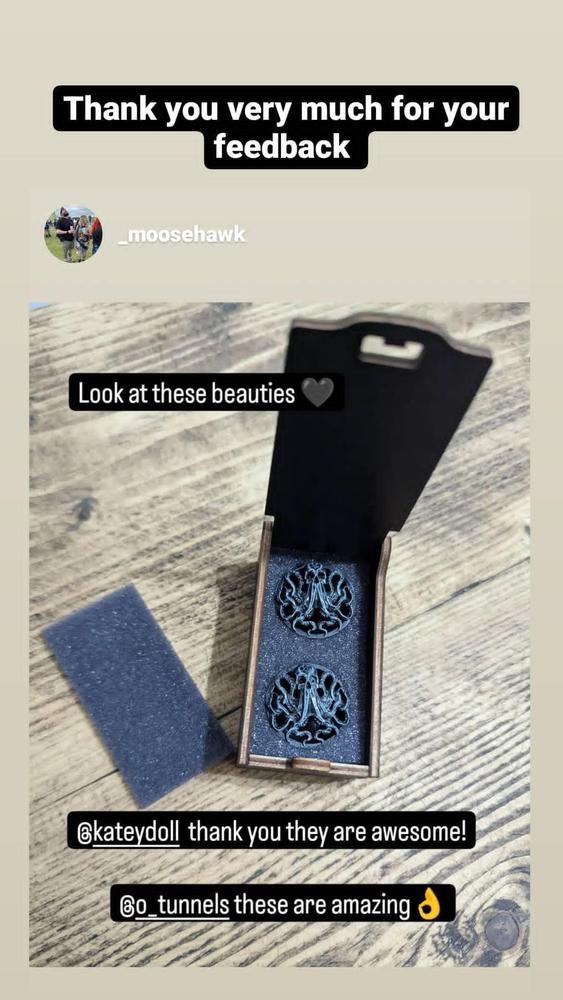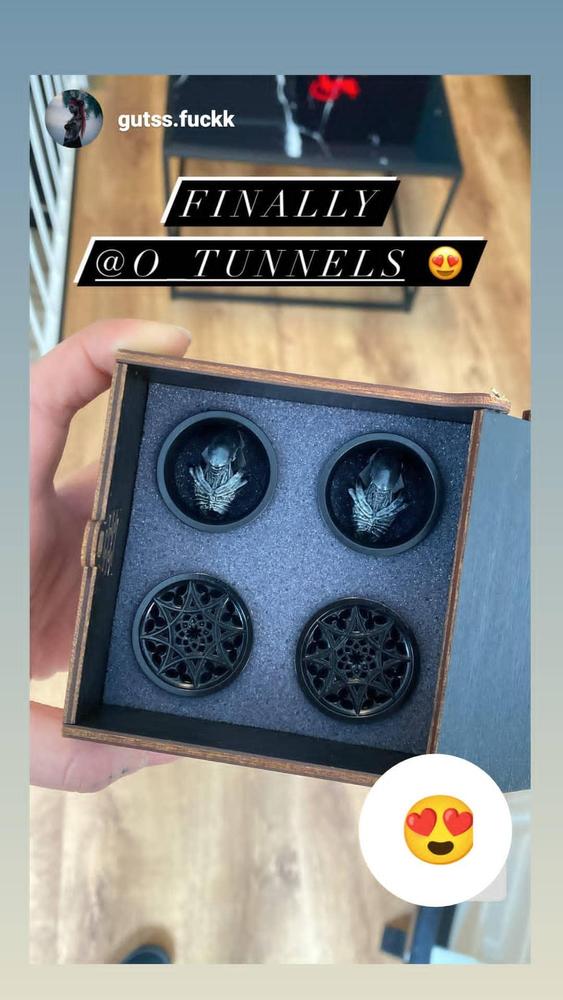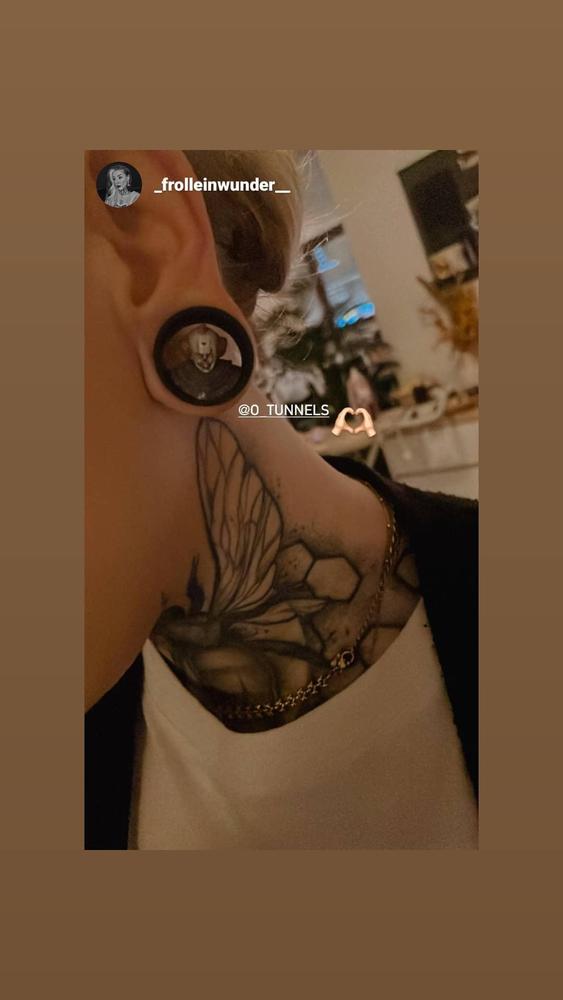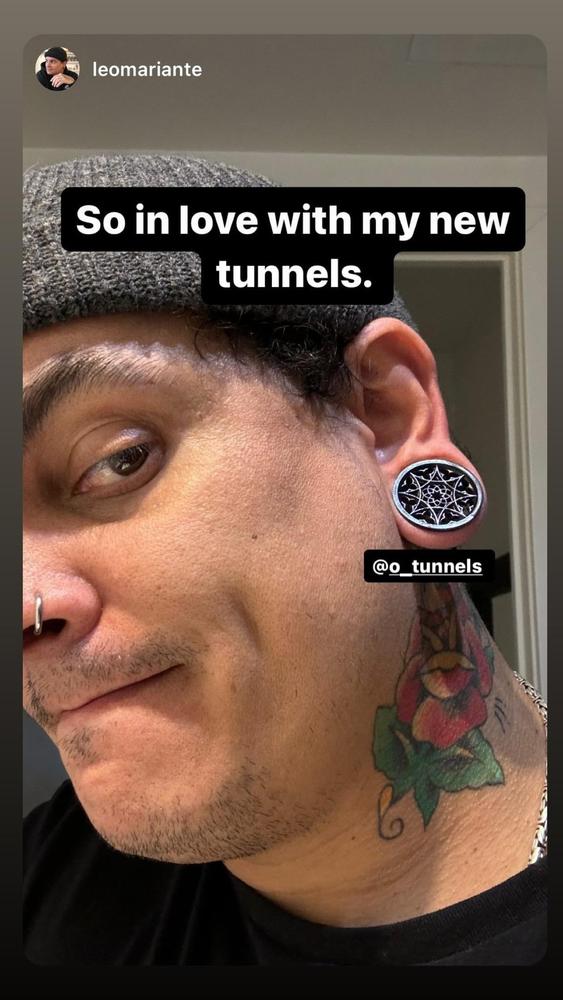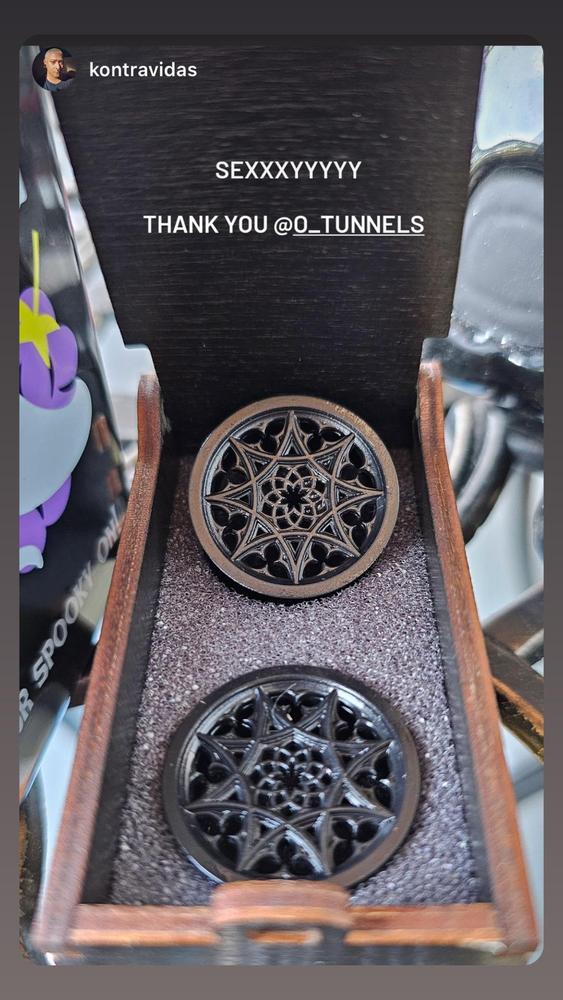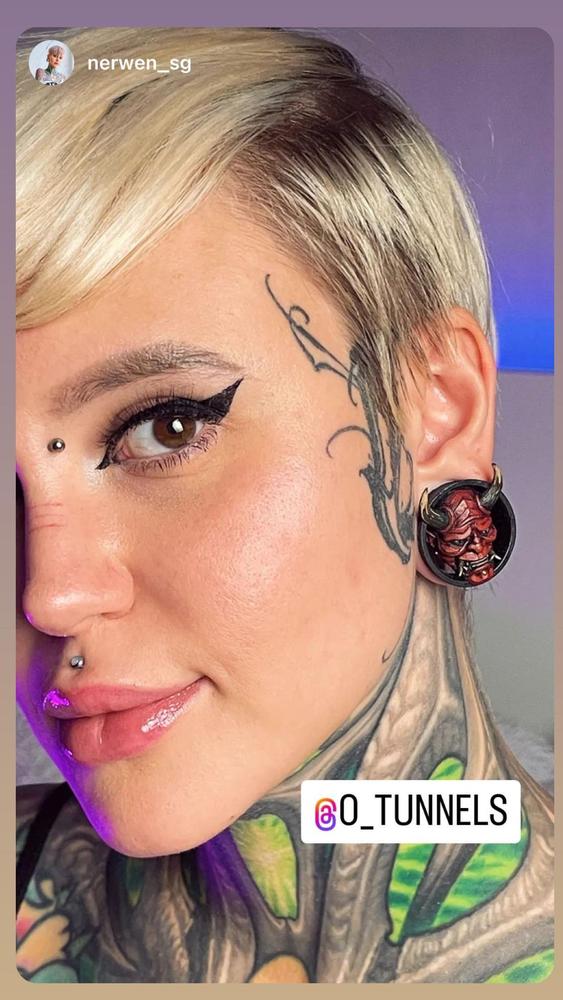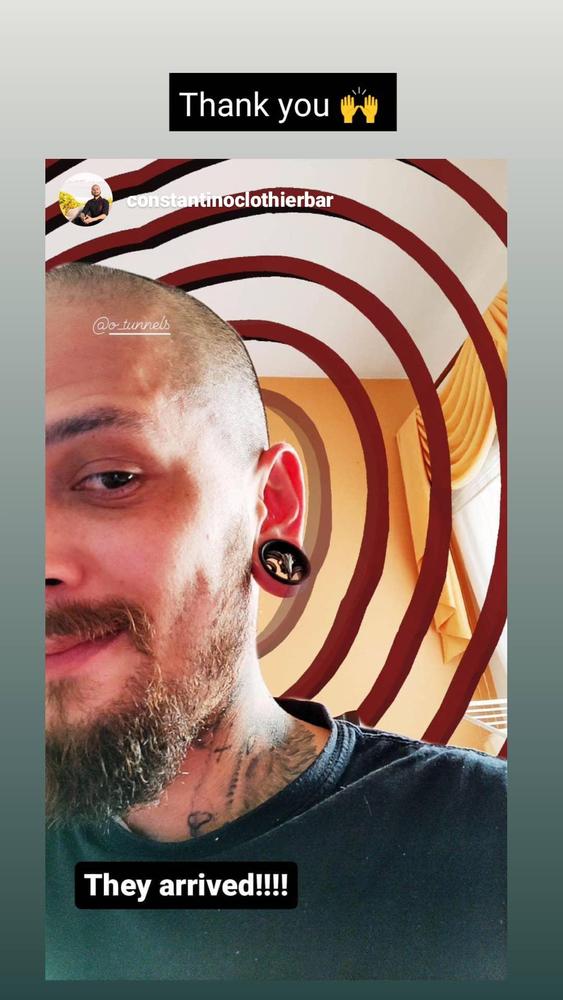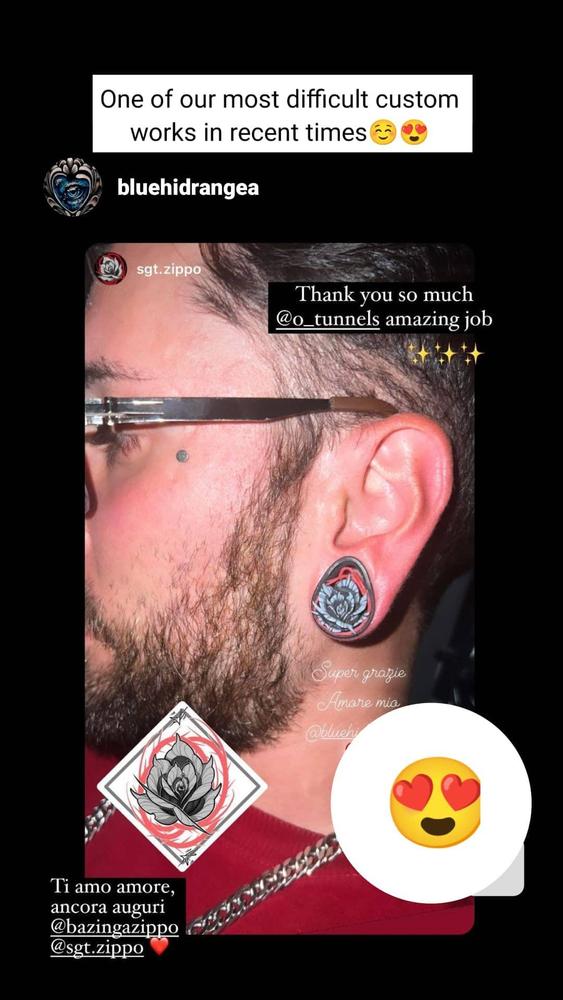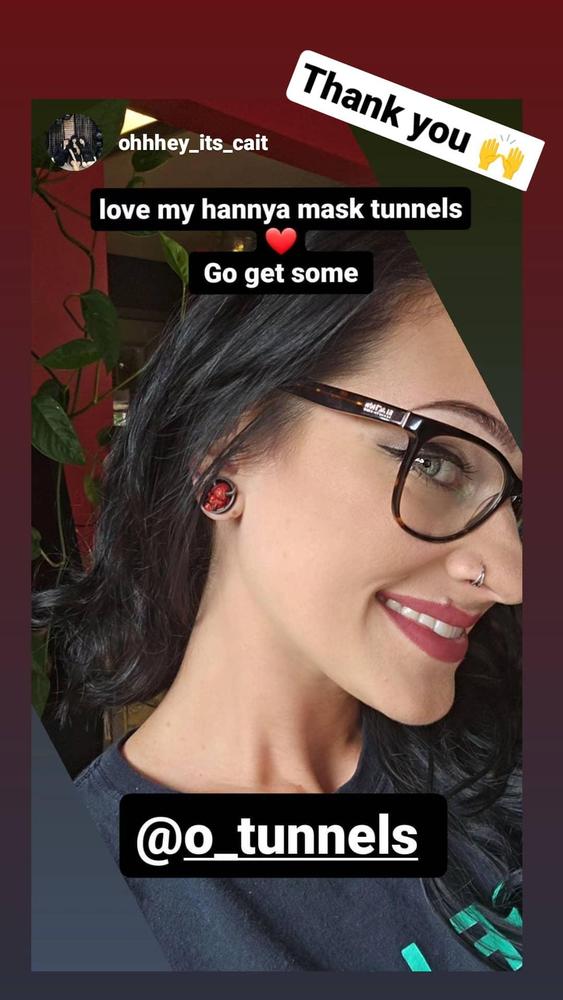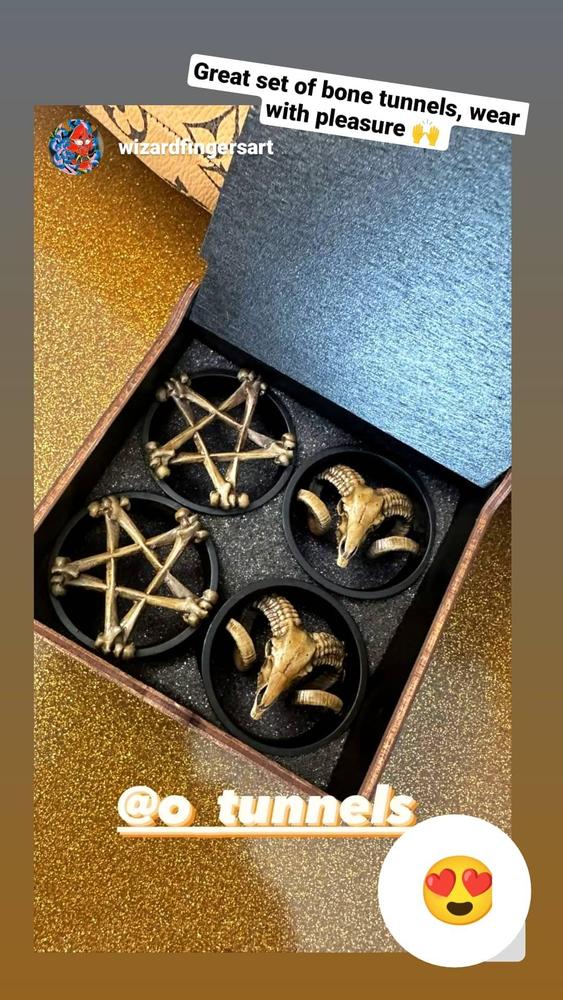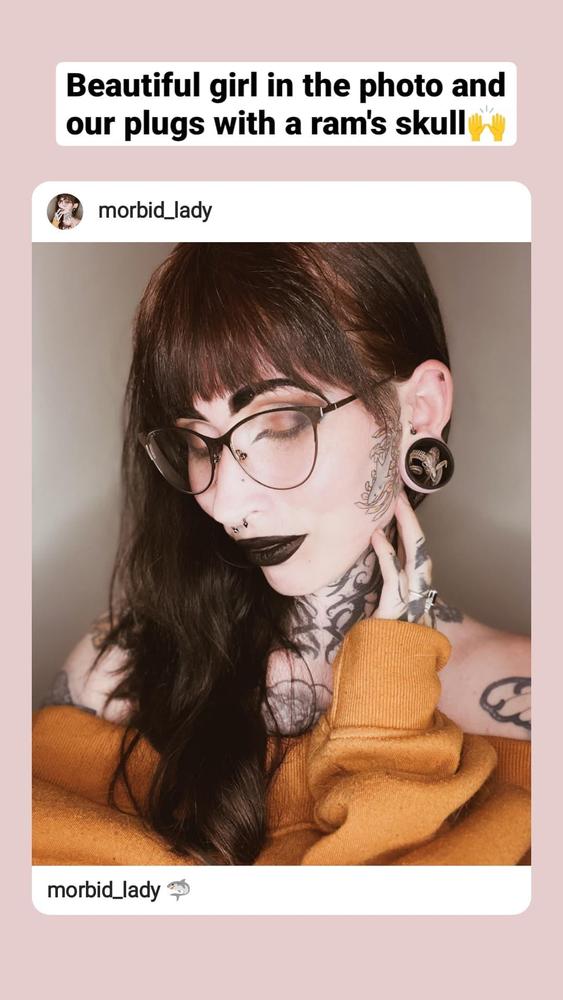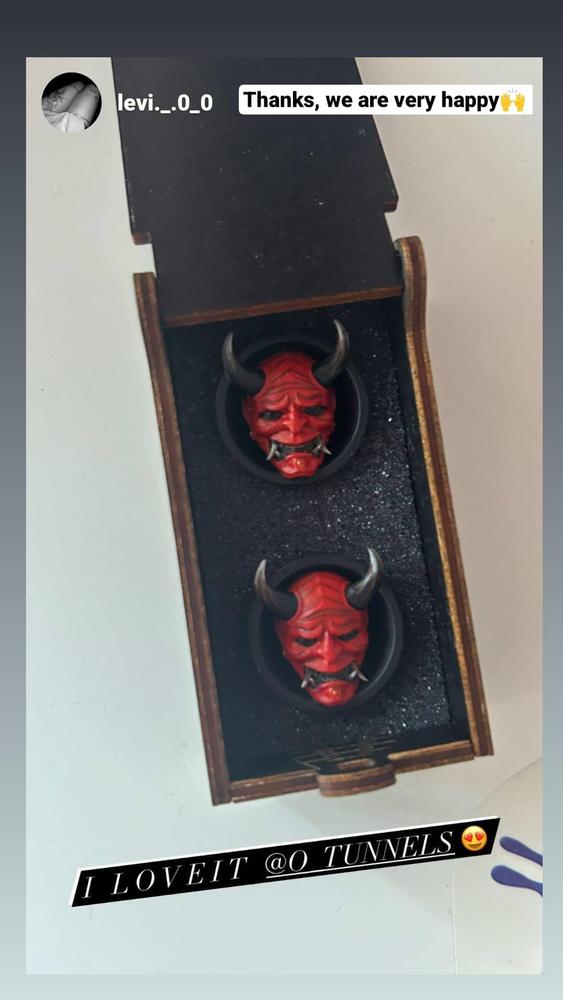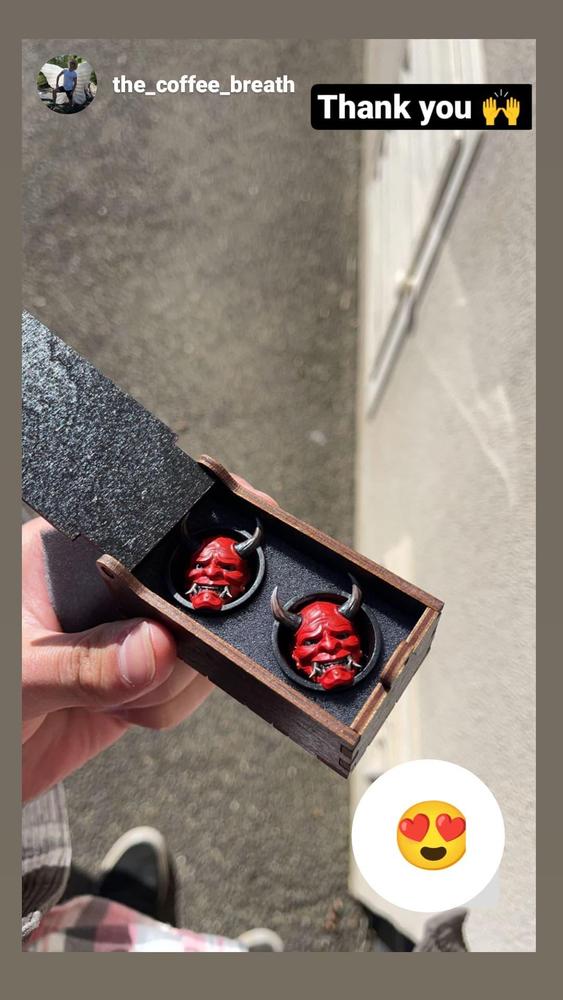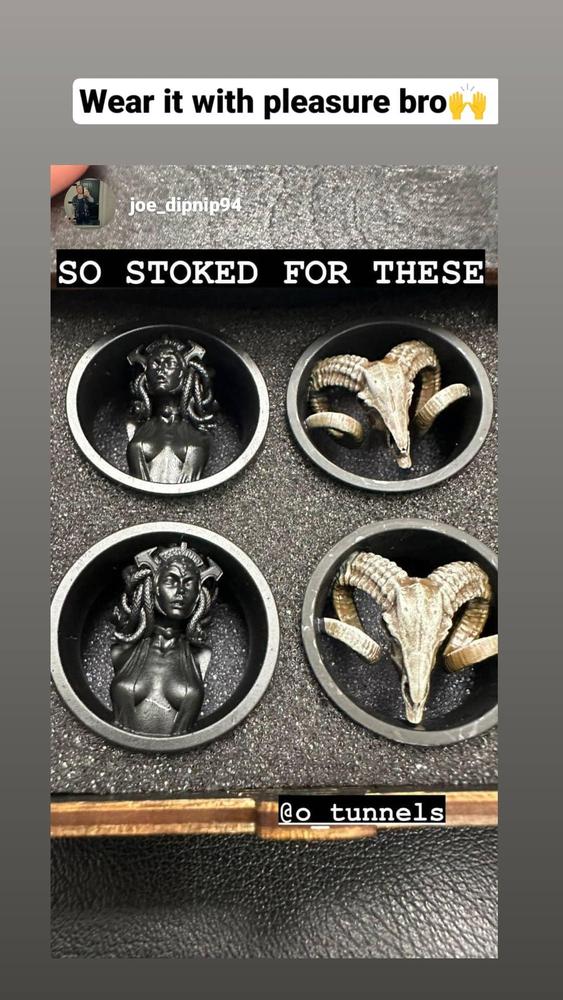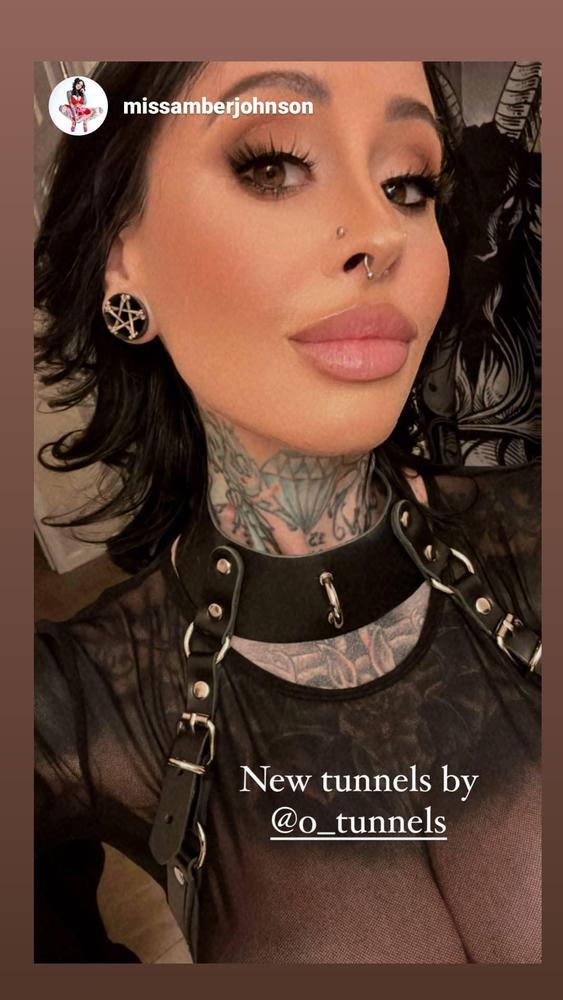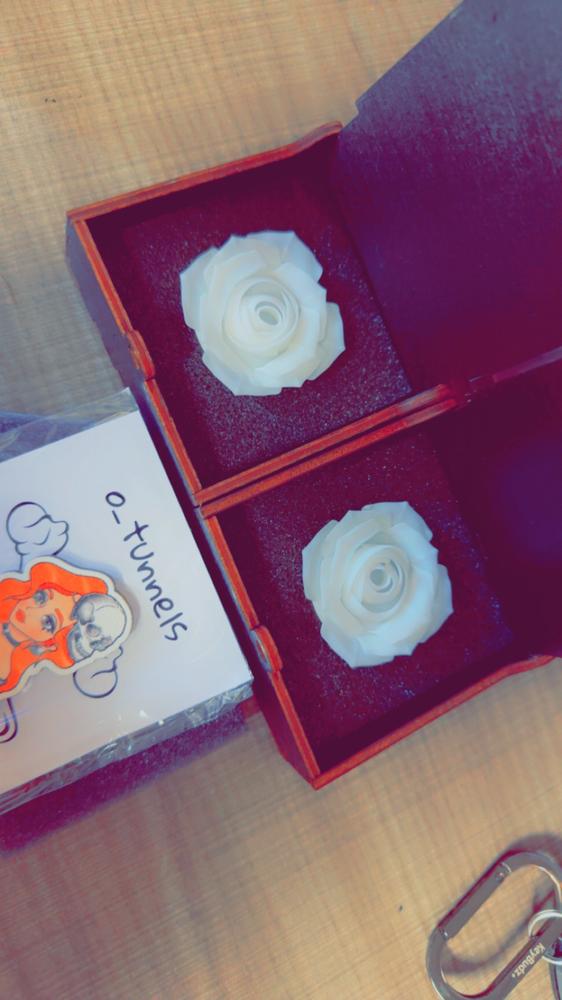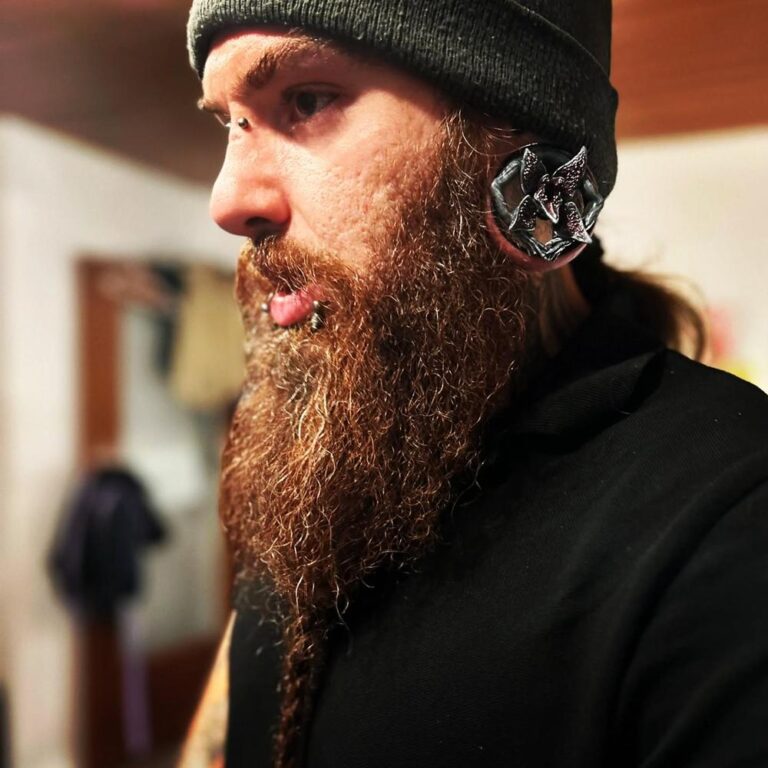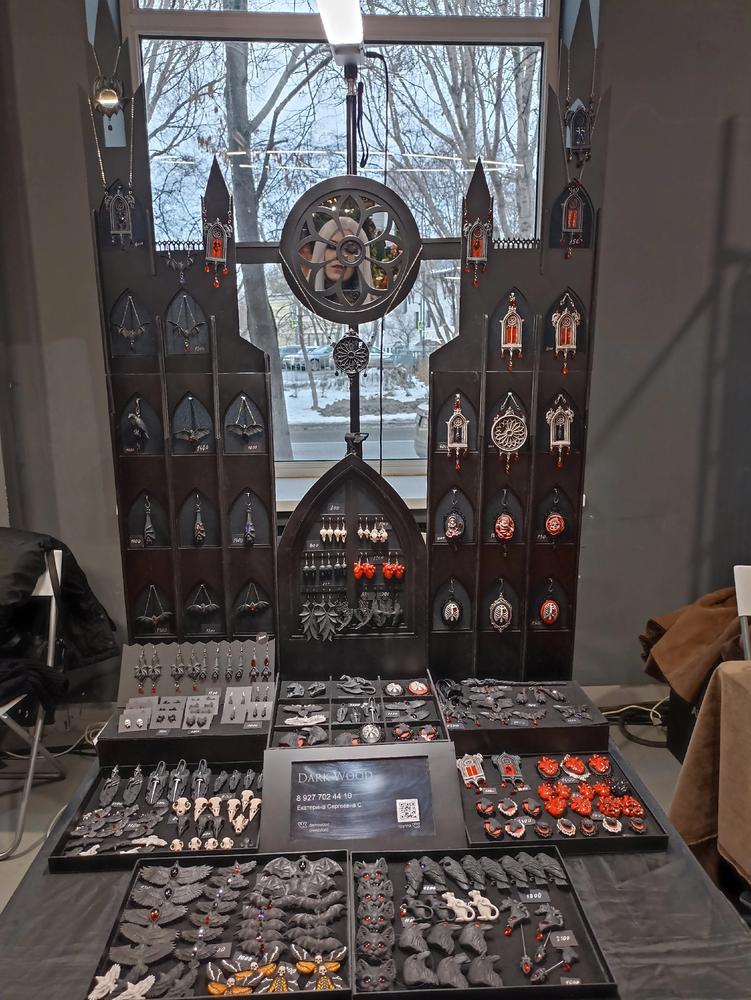Unraveling the Mysteries of Ear Stretching
Ear stretching, a trend gaining momentum in recent years, involves gradually enlarging the pierced hole in your earlobe to accommodate various jewelry, such as plugs or tunnels. This transformative process, also known as ear gauging, is not just a fashion statement but a journey filled with questions about pain and recovery.
When embarking on ear stretching, you embark on a journey where patience and caution reign supreme. Inserting larger-sized jewelry into your earlobe piercing, you slowly expand the size over time. The process demands attentiveness to prevent tears or infections, ensuring both safety and success.
Navigating the Discomfort Waters
Initial stretching may stir mild discomfort or a stinging sensation. However, significant pain signals improper techniques, too rapid stretching, or inadequate lubrication. It’s vital to heed your body’s signals and avoid pushing beyond your comfort zone.
The duration of pain post-stretching varies from person to person. Generally, mild soreness or tenderness can linger for a few hours to a day after stretching. With gentle and appropriate stretching, any discomfort should subside relatively quickly.
However, severe or prolonged pain, redness, swelling, or discharge warrant professional attention, signaling potential infection or complications.
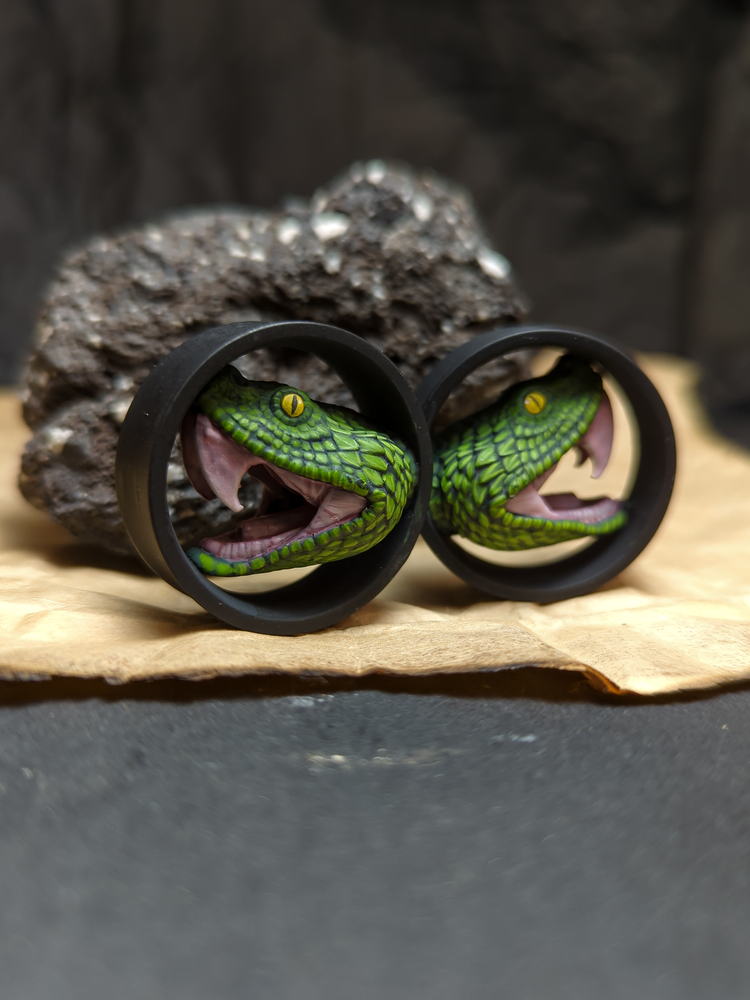
The Healing Odyssey
Several factors influence the duration and intensity of ear pain post-stretching:
Initial Size and Stretching Increment: Starting size and stretching size affect pain and healing time.
Stretching Technique: Proper technique minimizes trauma and discomfort.
Individual Pain Tolerance: Pain thresholds differ; what’s uncomfortable for one may be painless for another.
Aftercare Practices: Proper aftercare reduces pain and accelerates healing.
Expectation Management
Understanding the general healing timeline aids in anticipating post-stretching discomfort:
Initial Discomfort (First Few Days): Immediate soreness and throbbing subside within days.
Mild Pain and Sensitivity (First Week): Soreness lingers, emphasizing the importance of aftercare.
Tenderness and Itching (First Month): Gradual reduction in tenderness and onset of itching marks healing progress.
Complete Healing (Up to 6 Months): Full recovery takes time; consistent aftercare is crucial.
Navigating the Healing Maze
Embrace these tips to ease discomfort and aid healing:
Proper Technique: Gradually stretch with appropriate jewelry to minimize pain and risk.
Safe Materials: Opt for skin-friendly materials like silicone or surgical steel.
Lubrication: Use water-based lubricants for smoother insertion and reduced friction.
Cleanliness: Regularly clean ears and jewelry with saline solution to ward off infections.
Rest: Allow intervals between stretches to let your ears heal adequately.
In summary, while mild discomfort is par for the course, severe or persistent pain warrants attention. Everyone’s healing journey is unique, so understanding your body and adhering to proper techniques and aftercare practices is paramount.
